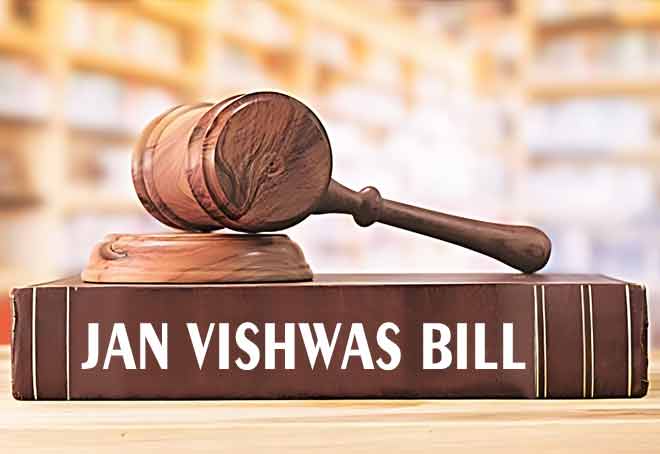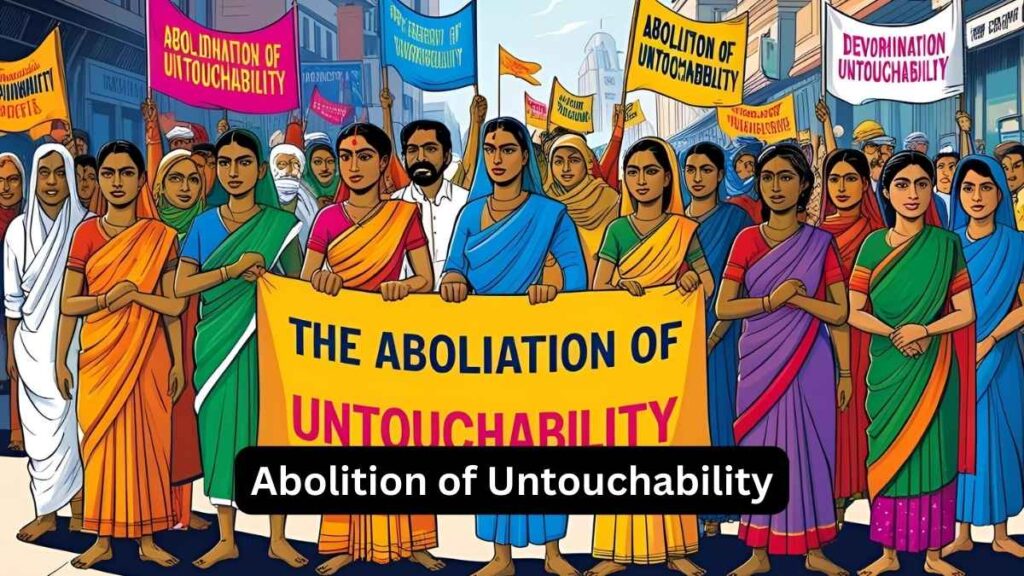Font size:
Print
Debt Recovery Tribunals (DRTs)
Context:
To tackle the backlog of cases, the finance ministry has advised debt recovery tribunals (DRTs) and banks to engage directly with borrowers outside the tribunal process.

About DRTs
- Debt Recovery Tribunals (DRTs) are specialised quasi-judicial bodies established in India under the Recovery of Debts Due to Banks and Financial Institutions Act, 1993.
- Their primary objective is to expedite the recovery of debts owed to banks and financial institutions, addressing the challenges posed by non-performing assets (NPAs) in the financial sector.
Key Features of DRTs
- Establishment and Structure: DRTs were created following recommendations from the Narasimham Committee in 1991, which highlighted the need for a more efficient mechanism for debt recovery.
- Currently, there are 39 DRTs and 5 Debt Recovery Appellate Tribunals (DRATs) across India, each functioning within specific territorial jurisdictions.
- Jurisdiction: DRTs have exclusive jurisdiction over debt recovery matters involving amounts exceeding a specified threshold (currently set at ₹20 lakhs).
- They are empowered to adjudicate cases that traditional civil courts cannot handle, thus reducing the burden on regular court systems.
- Procedural Framework: The process begins when creditors file an application detailing the debt owed, supported by necessary documentation such as loan agreements and communication records.
- Upon admission of the application, the DRT issues notices to all parties involved and conduct hearings where both creditors and debtors can present their cases.
Powers and Functions
- Debt Recovery Authority: DRTs can order the attachment of assets, appoint recovery officers, and facilitate the sale of assets to recover debts.
- Appeals Process: Decisions made by DRTs can be appealed before DRATs, providing a mechanism for higher judicial scrutiny.
Challenges
- Case Pendency and Delays: Similar to traditional courts, DRTs experience issues with case backlogs and delays in resolution.
- Resource Limitations: There is a recognised need for more DRTs and better training for recovery officers to enhance operational efficiency and effectiveness in handling cases.
Factoring
Factoring is a financial transaction where a business sells its accounts receivable (i.e., invoices) to a third party (called a factor) at a discount in exchange for immediate cash. It allows businesses, especially MSMEs, to improve their cash flow and liquidity by converting their outstanding invoices into immediate cash.
Factoring in India
- In India, factoring is regulated by the Factoring Regulation Act, 2011 and the RBI Non-Banking Financial Company Factors (Reserve Bank) Directions, 2012.
- Only certain NBFCs (with at least 50% of assets and income from factoring) or banks and government bodies were initially allowed to act as factors, limiting the growth of factoring in India.
Recent Developments
- The government has approved a ₹500 crore Credit Guarantee Fund for Factoring (CGFF) to motivate factors to increase lending to MSMEs.
- The Trade Receivables Discounting System (TReDS) has been launched to facilitate the financing of trade receivables of MSMEs.
- The Factoring Regulation (Amendment) Bill, 2020 proposes to allow all NBFCs to engage in factoring to increase its adoption.


